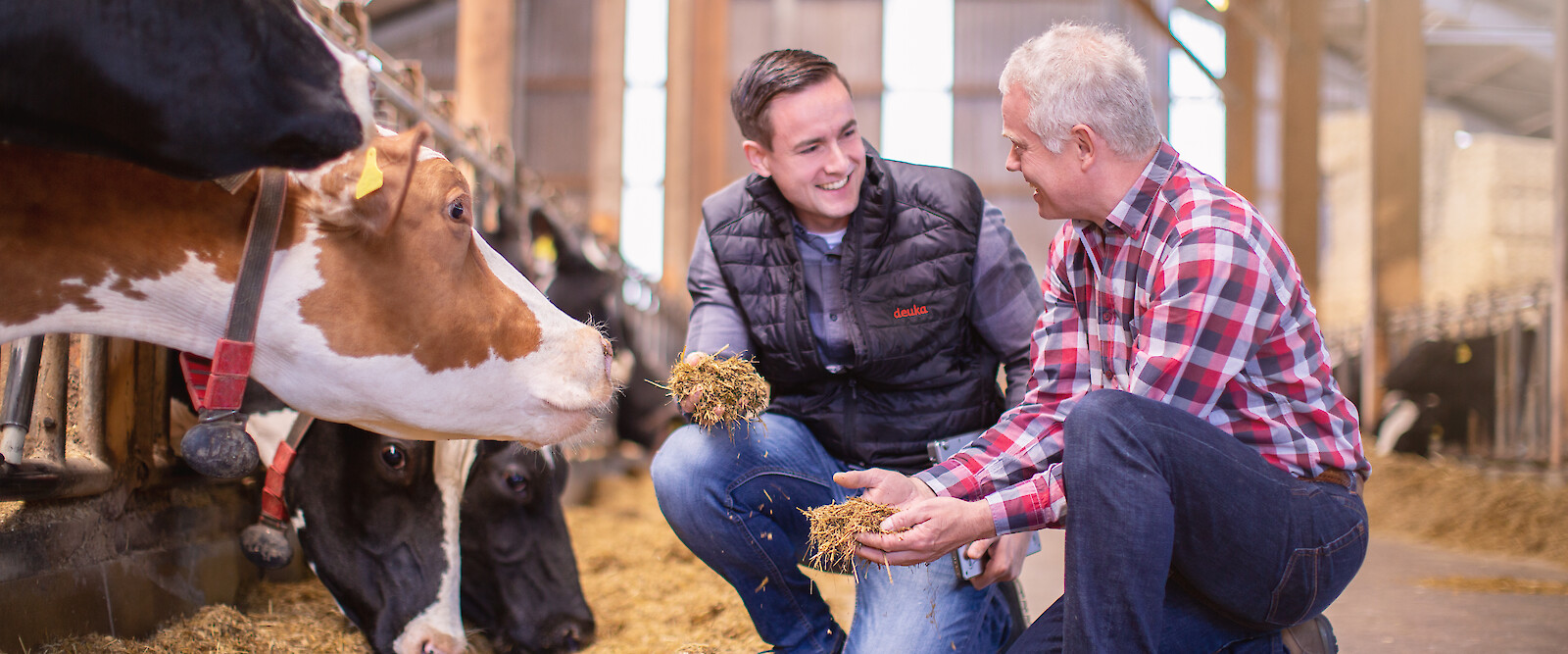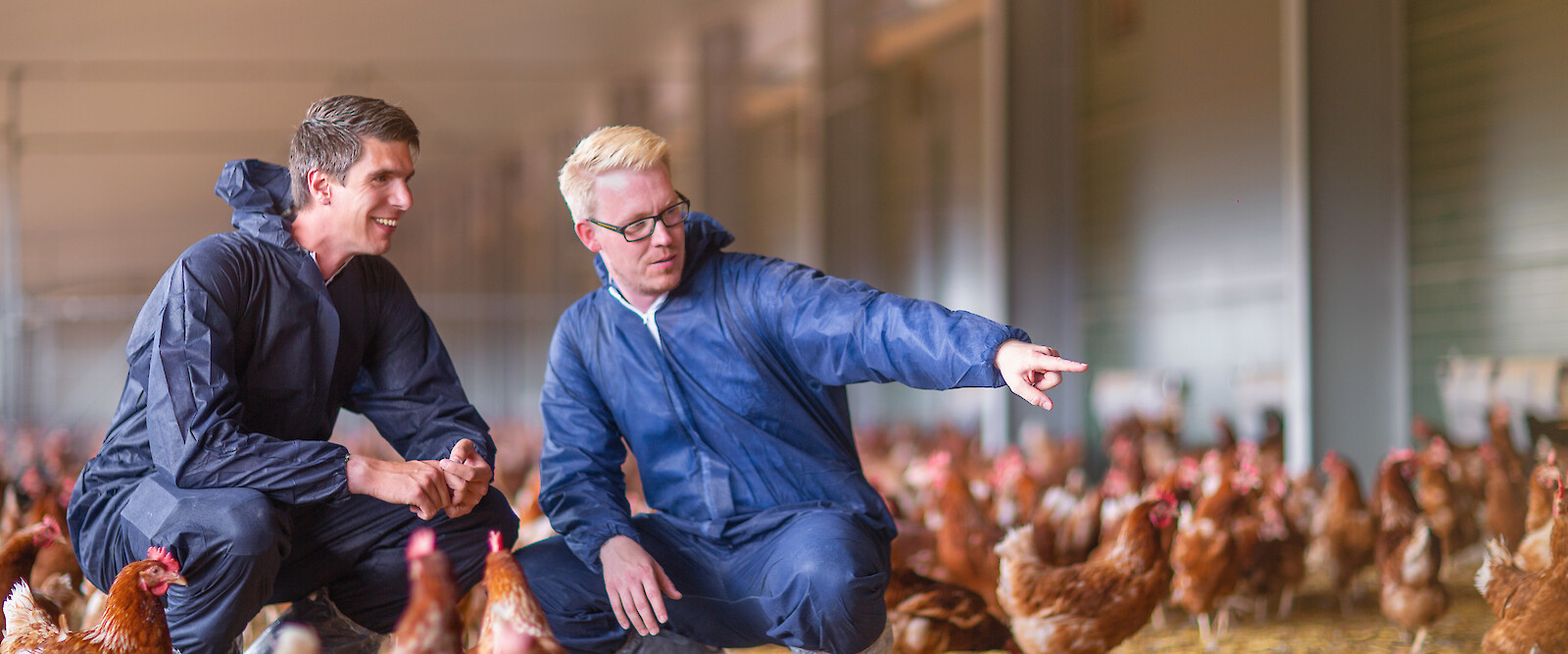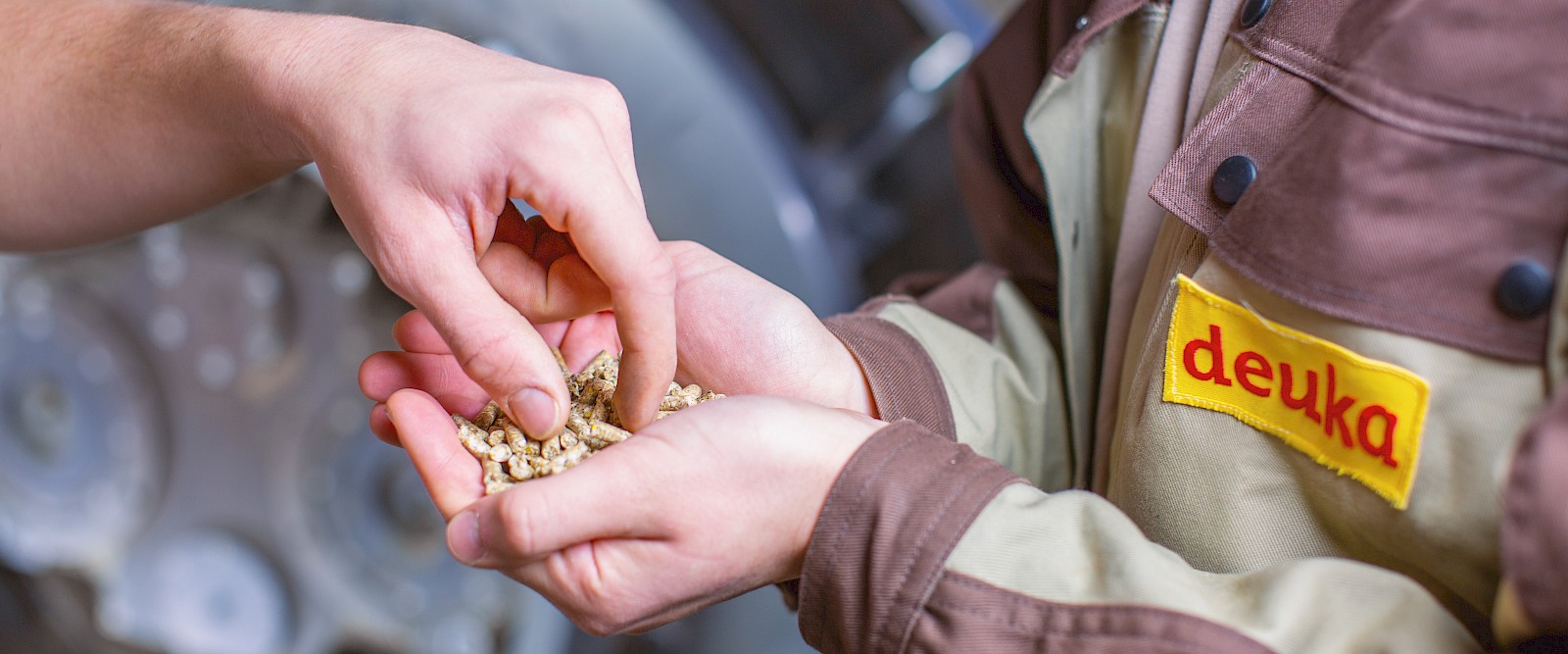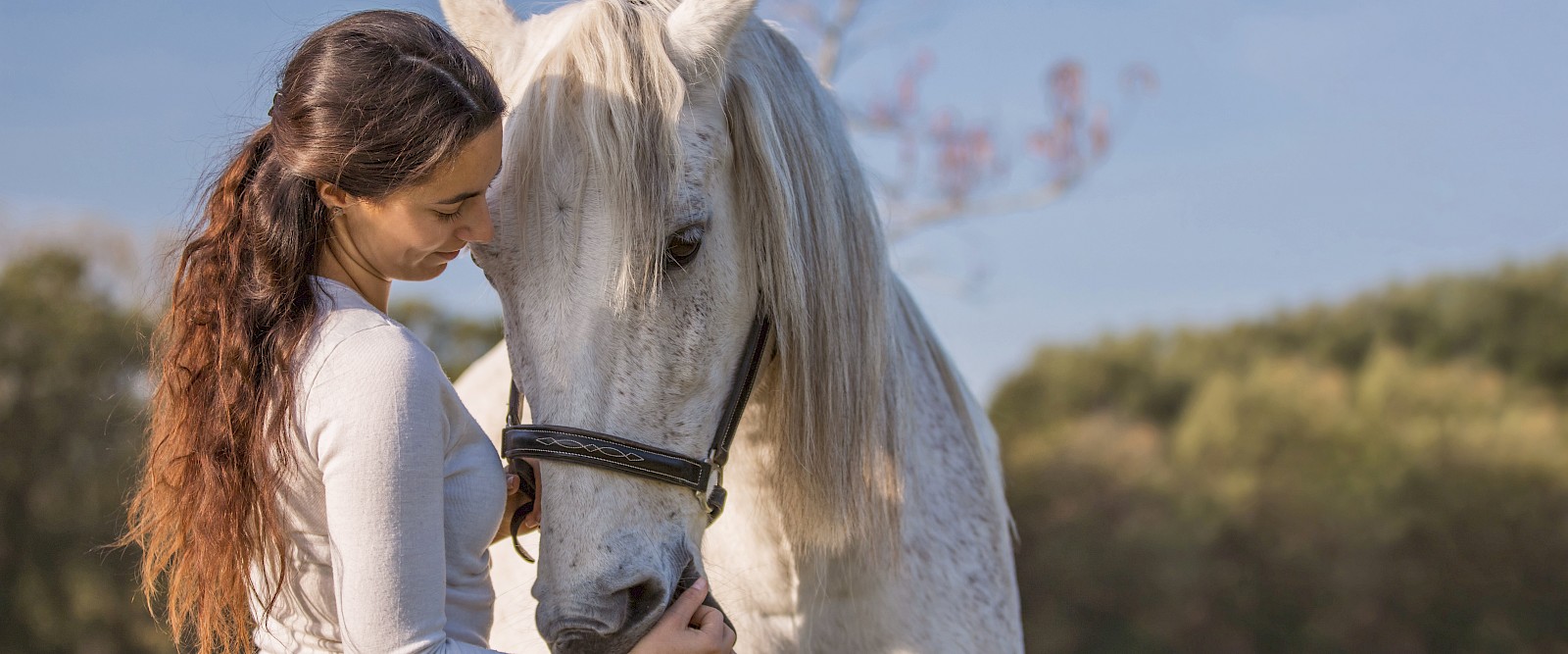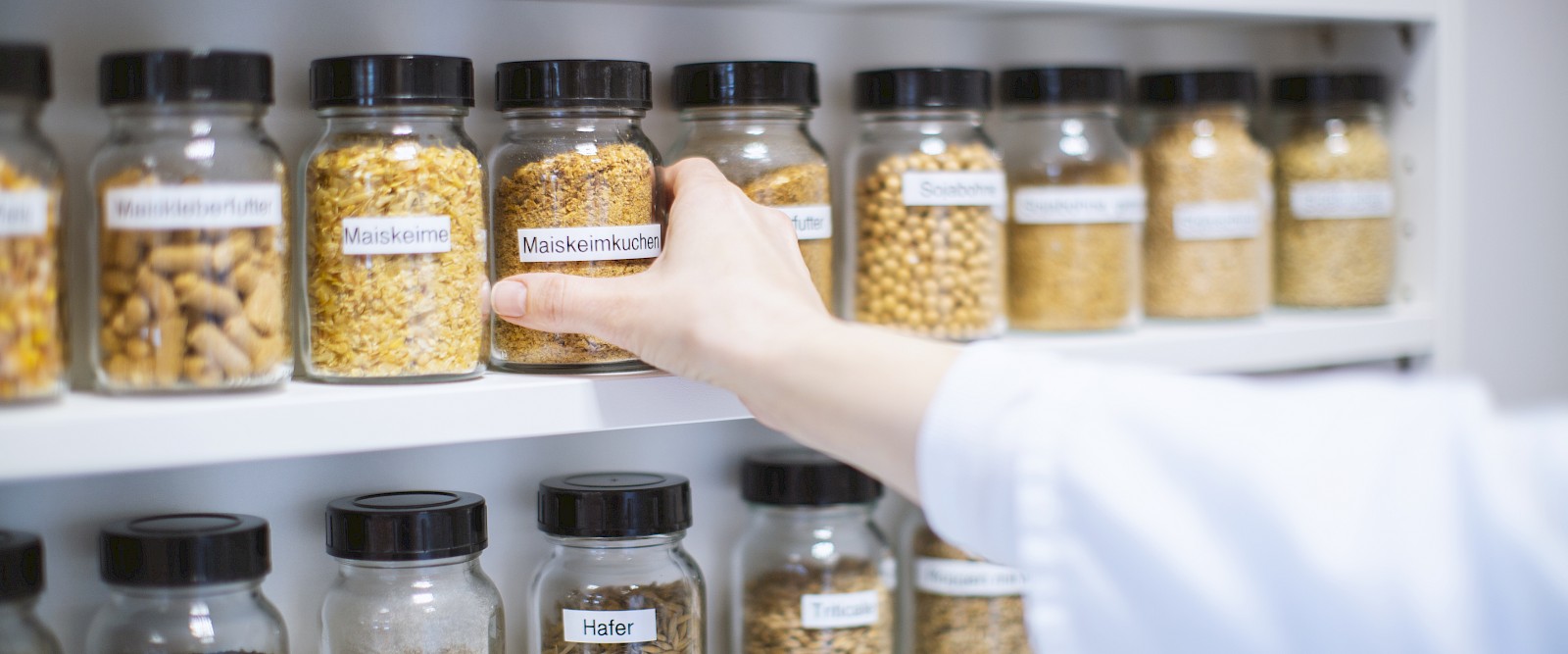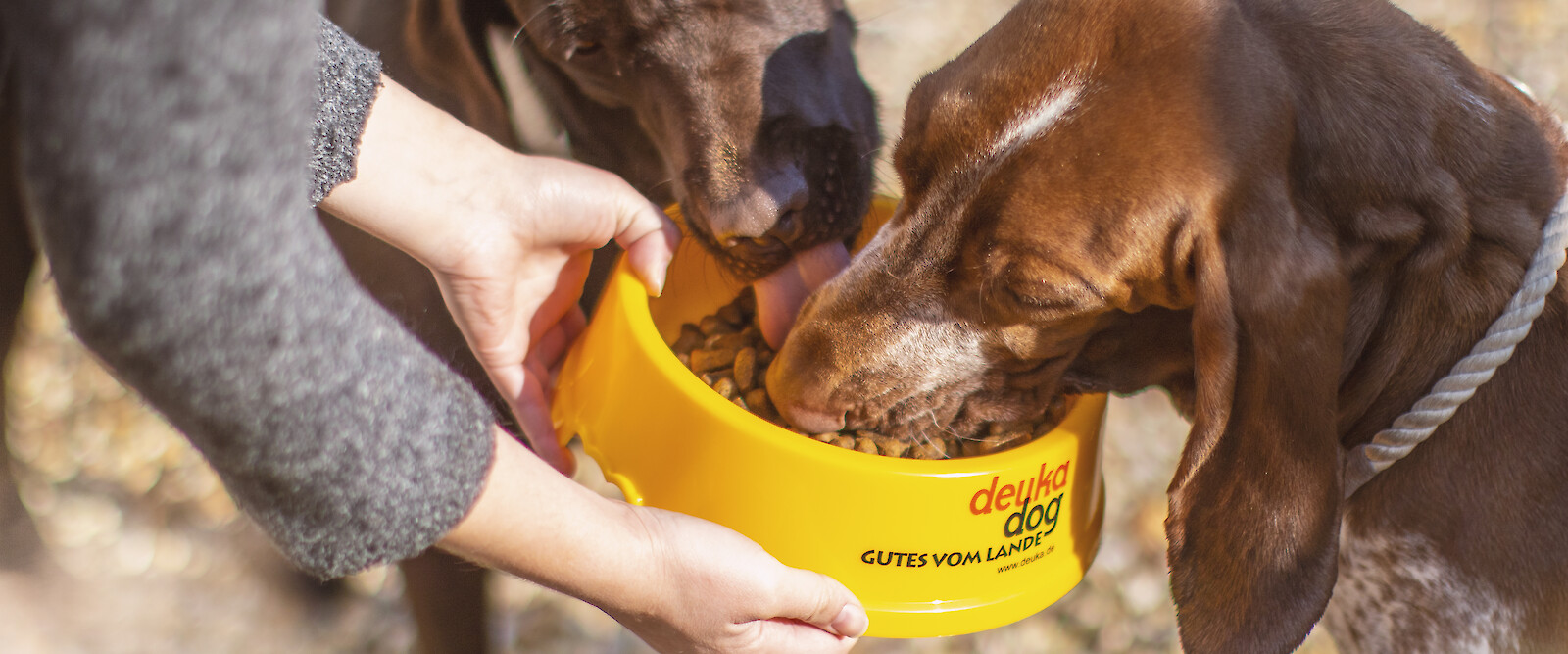Raw material and nutrient lexicon
Weitere Einträge
Iron
Iron occupies a very important position in intermediate metabolism. As a component of the pigments haemoglobin and myoglobin, it helps to transfer the inhaled oxygen from the air to the blood. In addition, iron is a component of important ferments and accelerates certain processes in the body (catalyst). Copper must always be present to maintain normal iron metabolism. Excesses of zinc, copper, cobalt and manganese have an antagonistic (opposite) effect to iron and lower the iron depot in the liver. Deficiencies of these elements lead to increased iron storage in the liver. There is generally no danger of too high an iron intake. In the case of an iron deficiency, poor appetite, rough hair coat, pale skin and grouchiness may occur. Piglet anaemia can also be caused by long-term iron deficiency. With the exception of root crops, most feeds are rich in iron. Meadow hay shows variations between 60 and 630 mg iron per kg. Milk contains very little iron. Therefore, special attention must be paid to the iron supply of suckling young animals. The supply of iron to the animals according to their needs is achieved by supplementing the feed with iron compounds in the form of oxide, sulphate, carbonate, citrate or also fumarate.
